As London’s V&A spotlights Mughal-era design, Santi Jewels tells of its enduring relevance
‘The Great Mughals: Art, Architecture and Opulence’ is about to open at London’s V&A. Here, Mughal jewellery expert and Santi Jewels founder Krishna Choudhary tells us of the influence the dynasty holds today
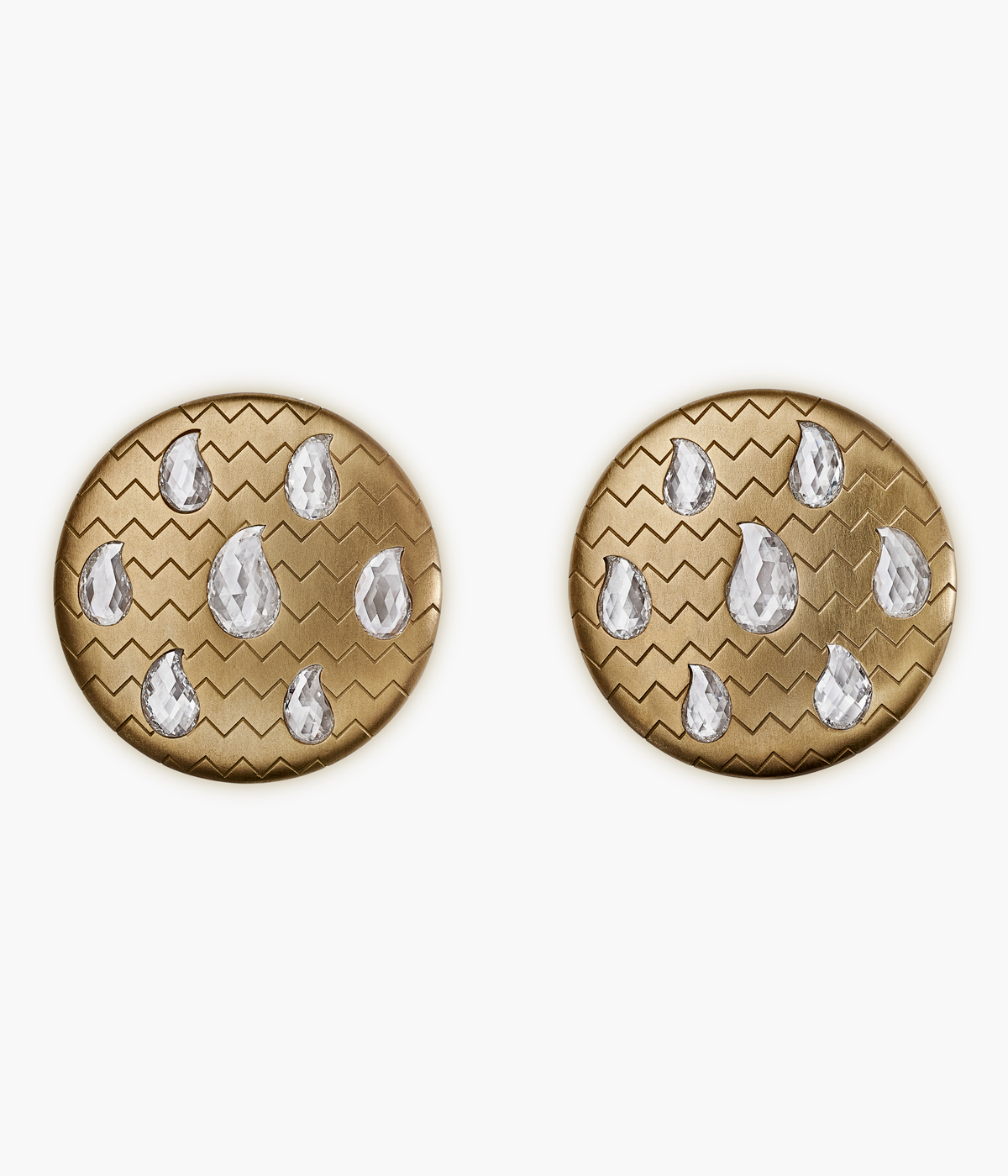
During its golden age, the Mughal dynasty, at its peak in the 16th and 17th centuries, stretched from Kabul, today in Afghanistan, to the borders of the Deccan sultanates, from Gujarat in the west to present-day Bangladesh in the east. It marked an incredible period of artistic achievement, now celebrated in a major exhibition at London's V&A, ‘The Great Mughals: Art, Architecture and Opulence’, which spotlights art, culture and objects produced throughout the prolific period.
Mughal jewellery’s ongoing influence
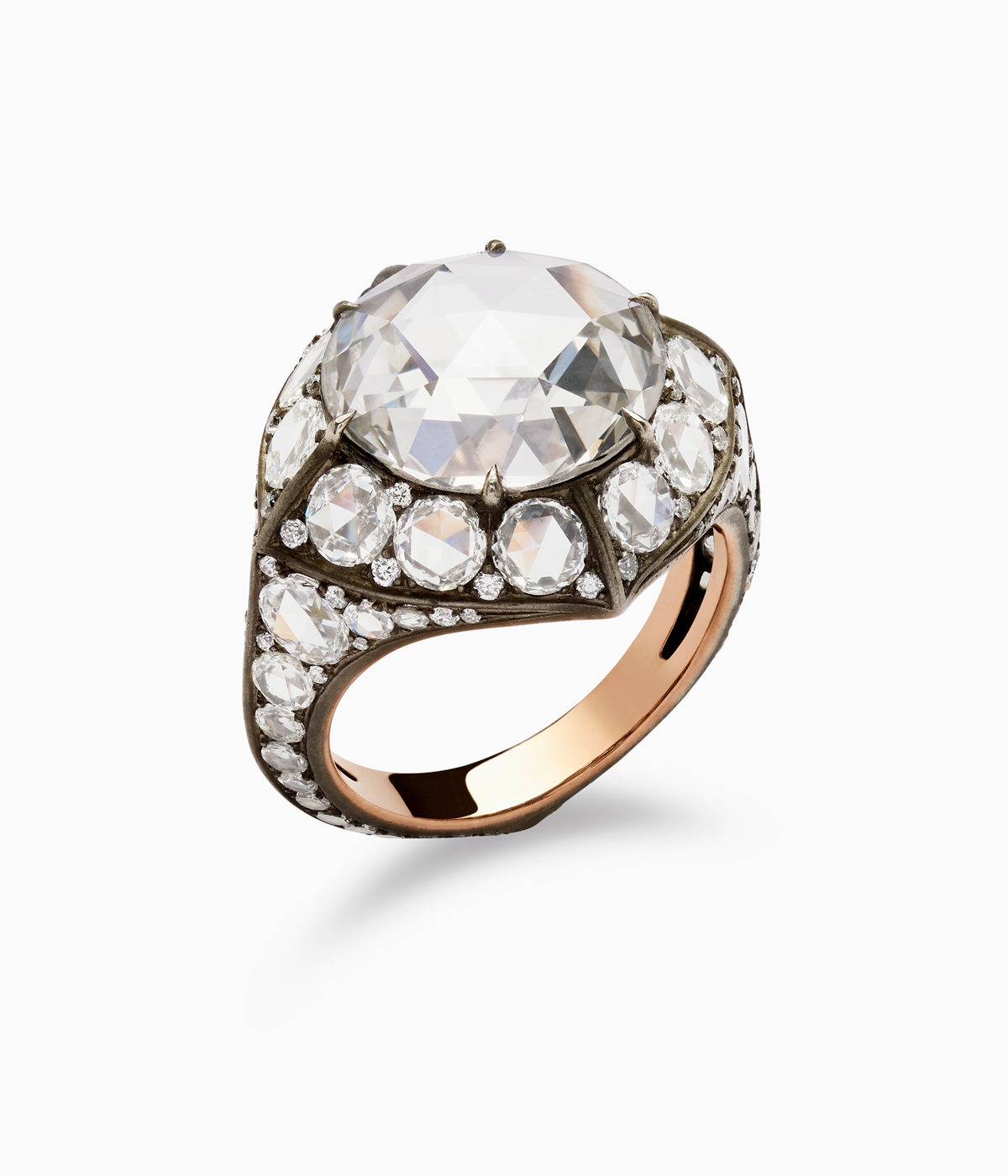
It marks a significant moment for designers who continue to be influenced by the rich aesthetic of the Mughal Court, most notably for founder of Mayfair-based Santi Jewels, Krishna Choudhary, who continues to work with Mughal stones today. Many jewels in the Choudhary family collection are reminiscent of the jewellery and bejewelled objects throughout the exhibition, and feature an array of stones, from Golconda diamonds to Colombian emeralds and spinels, sapphires and natural pearls.

‘Mughal jewellery was an important part of the Mughal iconography, but it was not the only expression of the emperors' fine taste,’ says Choudhary, who is one of the exhibition’s supporters. ‘The Mughals made India their home, and to ensure they didn’t miss their roots in Persia, their environment was built to resemble paradise, where everything was beyond the imagination of common men. Whether it was a little jewelled ink set, a large jewelled throne, or a tent made out of gold silk, they were decorated with the most exquisite stones and materials. Visitors would get to step into that paradise.’
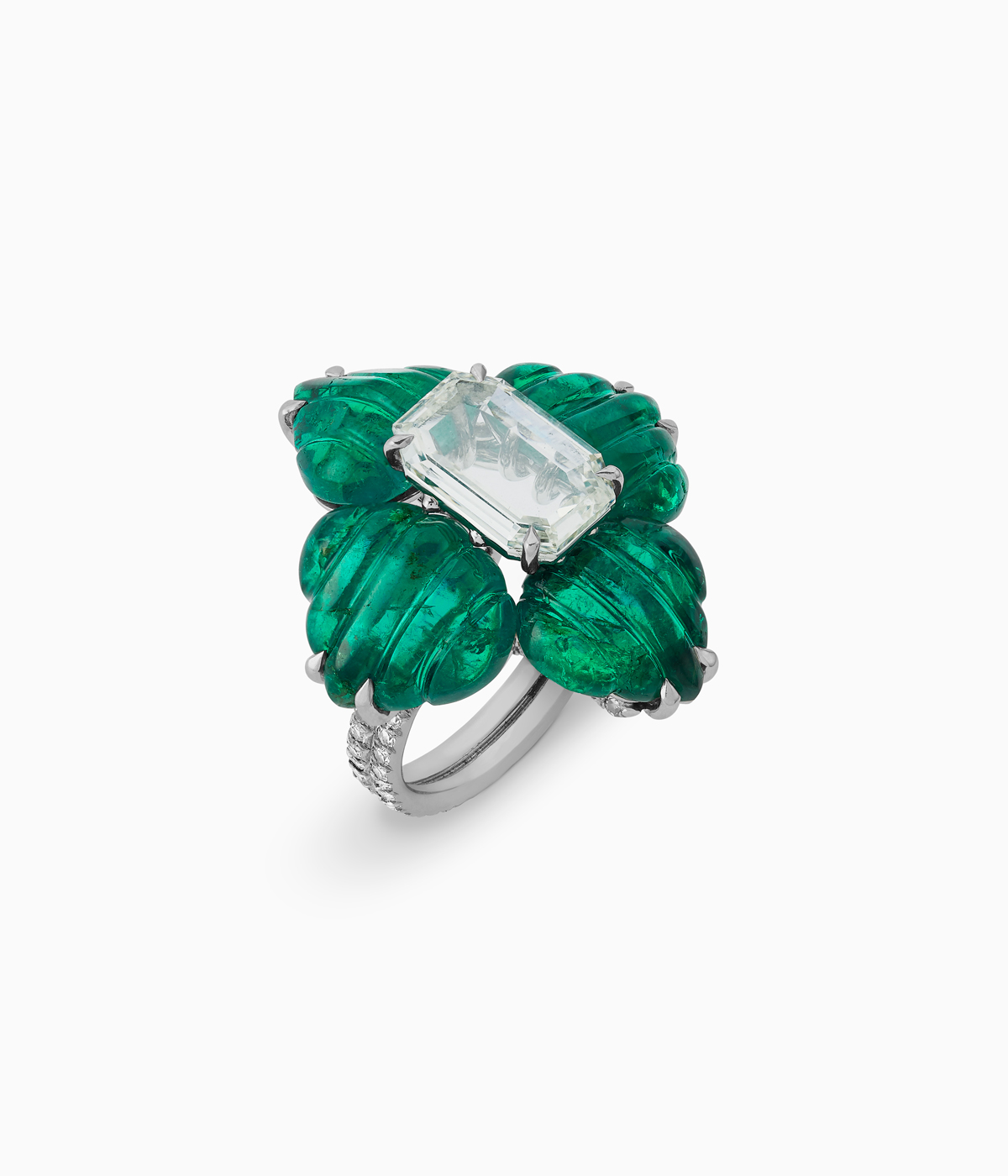
It is a heritage that has influenced Choudhary's own work, particularly in the tributes he pays to the role of a gem-cutter: ‘These stones are an expression of how a cutter elevated the experience of looking at a true gem from nature, refining, cutting and carving it to the preference of an emperor,’ he says. ‘They are extremely special to me, and I take it as a huge responsibility to bring them into our times in a justifiable manner.’
Choudhary continues to look to these heritage gems in his designs for Santi Jewels today. ‘The traditional jewellery-making in India peaked in the 17th century, and we cannot add to it. However, my passion has always been to reflect the ideology behind these patterns with the best craftsmanship of our times. When the Mughal motifs are reflected in unconventional materials, they strike a chord. The symmetry and geometrical patterns take us back to the Mughal era, but the unconventionality and juxtaposition of gems and materials bring us to the present and make us think of the future.’
‘The Great Mughals: Art, Architecture and Opulence’ is at the V&A from 9 November 2024 – 5 May 2025
Wallpaper* Newsletter
Receive our daily digest of inspiration, escapism and design stories from around the world direct to your inbox.
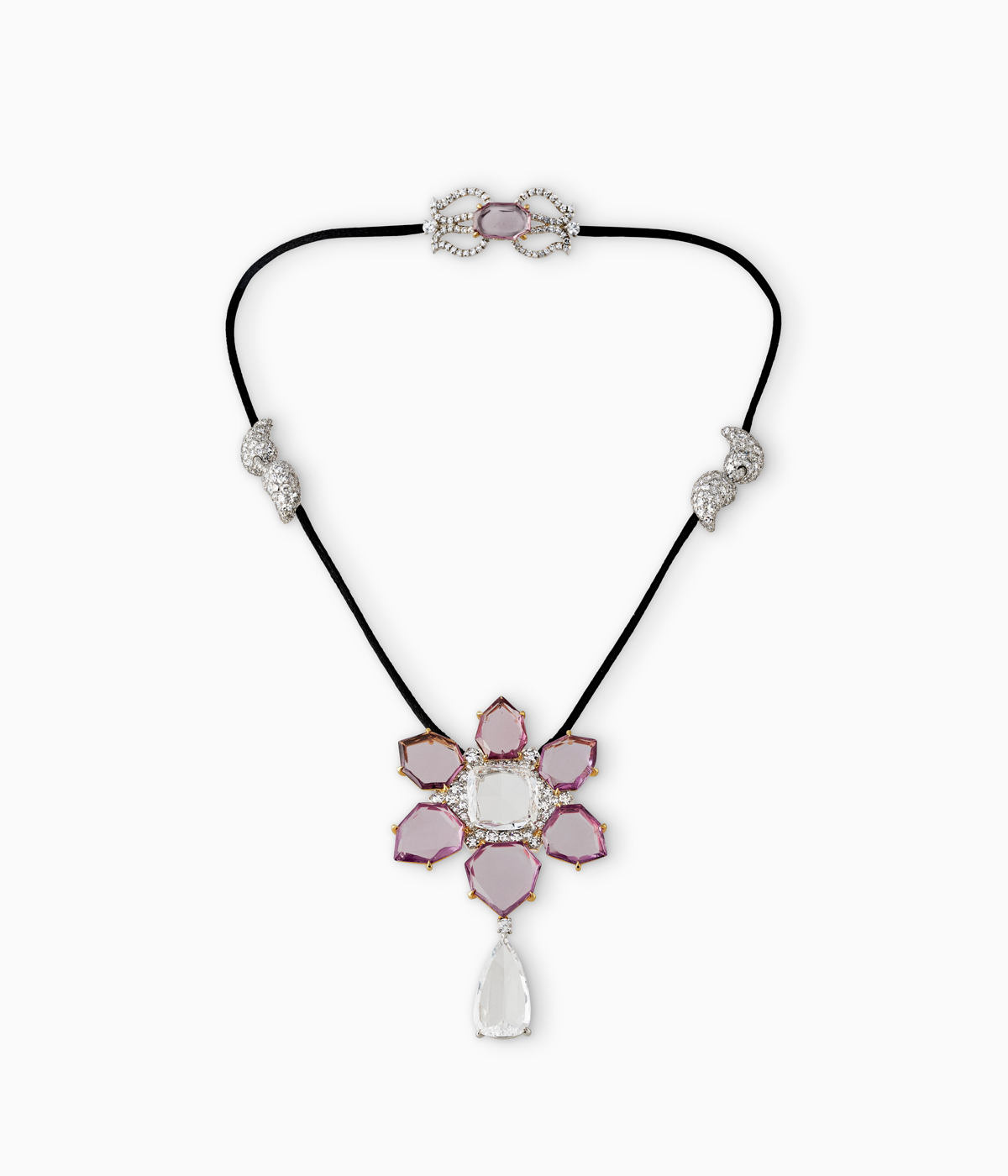
Hannah Silver is the Art, Culture, Watches & Jewellery Editor of Wallpaper*. Since joining in 2019, she has overseen offbeat design trends and in-depth profiles, and written extensively across the worlds of culture and luxury. She enjoys meeting artists and designers, viewing exhibitions and conducting interviews on her frequent travels.
-
 Meet Lisbeth Sachs, the lesser known Swiss modernist architect
Meet Lisbeth Sachs, the lesser known Swiss modernist architectPioneering Lisbeth Sachs is the Swiss architect behind the inspiration for creative collective Annexe’s reimagining of the Swiss pavilion for the Venice Architecture Biennale 2025
By Adam Štěch
-
 A stripped-back elegance defines these timeless watch designs
A stripped-back elegance defines these timeless watch designsWatches from Cartier, Van Cleef & Arpels, Rolex and more speak to universal design codes
By Hannah Silver
-
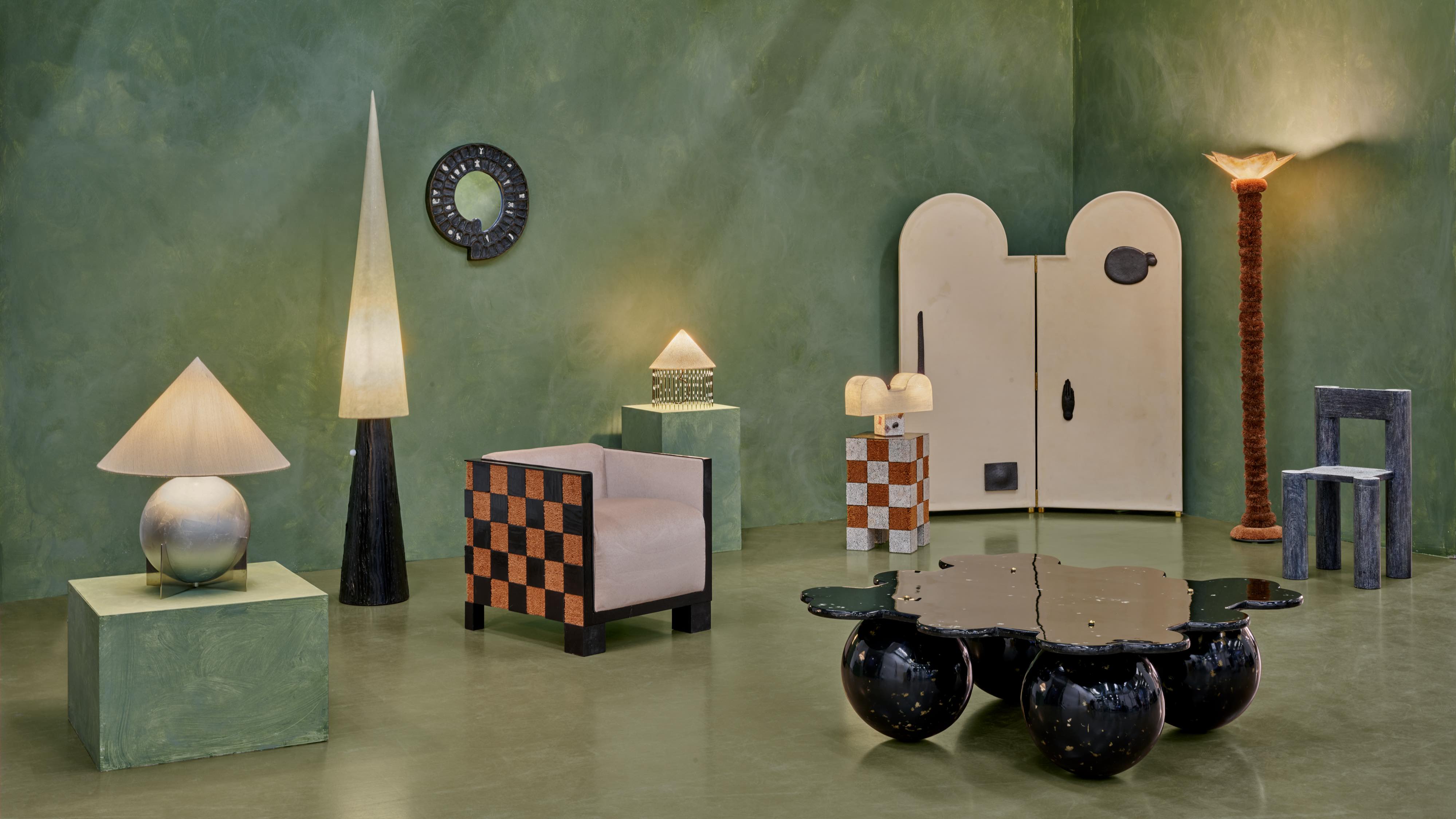 Postcard from Brussels: a maverick design scene has taken root in the Belgian capital
Postcard from Brussels: a maverick design scene has taken root in the Belgian capitalBrussels has emerged as one of the best places for creatives to live, operate and even sell. Wallpaper* paid a visit during the annual Collectible fair to see how it's coming into its own
By Adrian Madlener
-
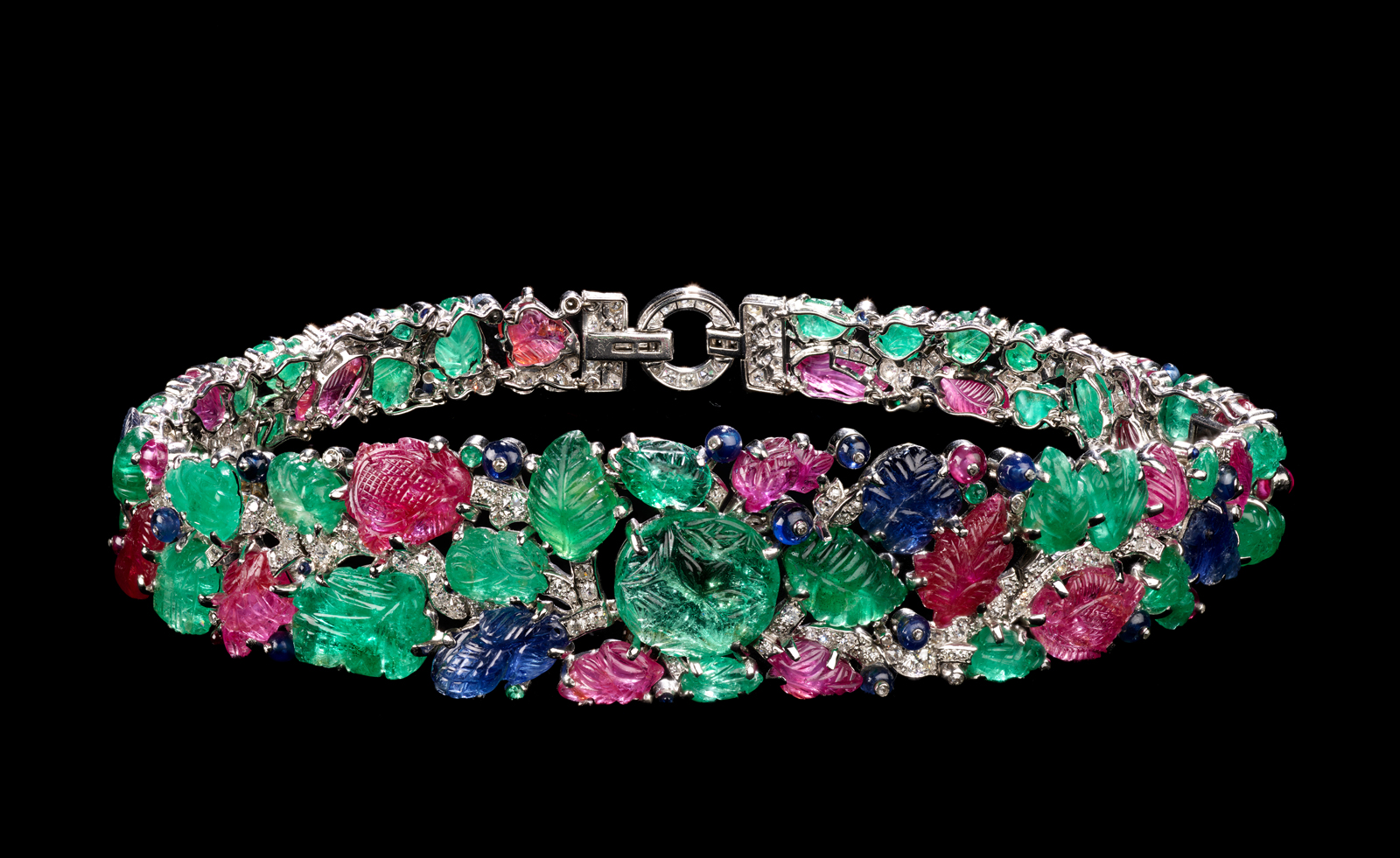 Cartier’s major new exhibition opens at the V&A and it’s a gem
Cartier’s major new exhibition opens at the V&A and it’s a gem‘Cartier’ at the V&A in London takes an epic tour through the house’s history and archives
By Hannah Silver
-
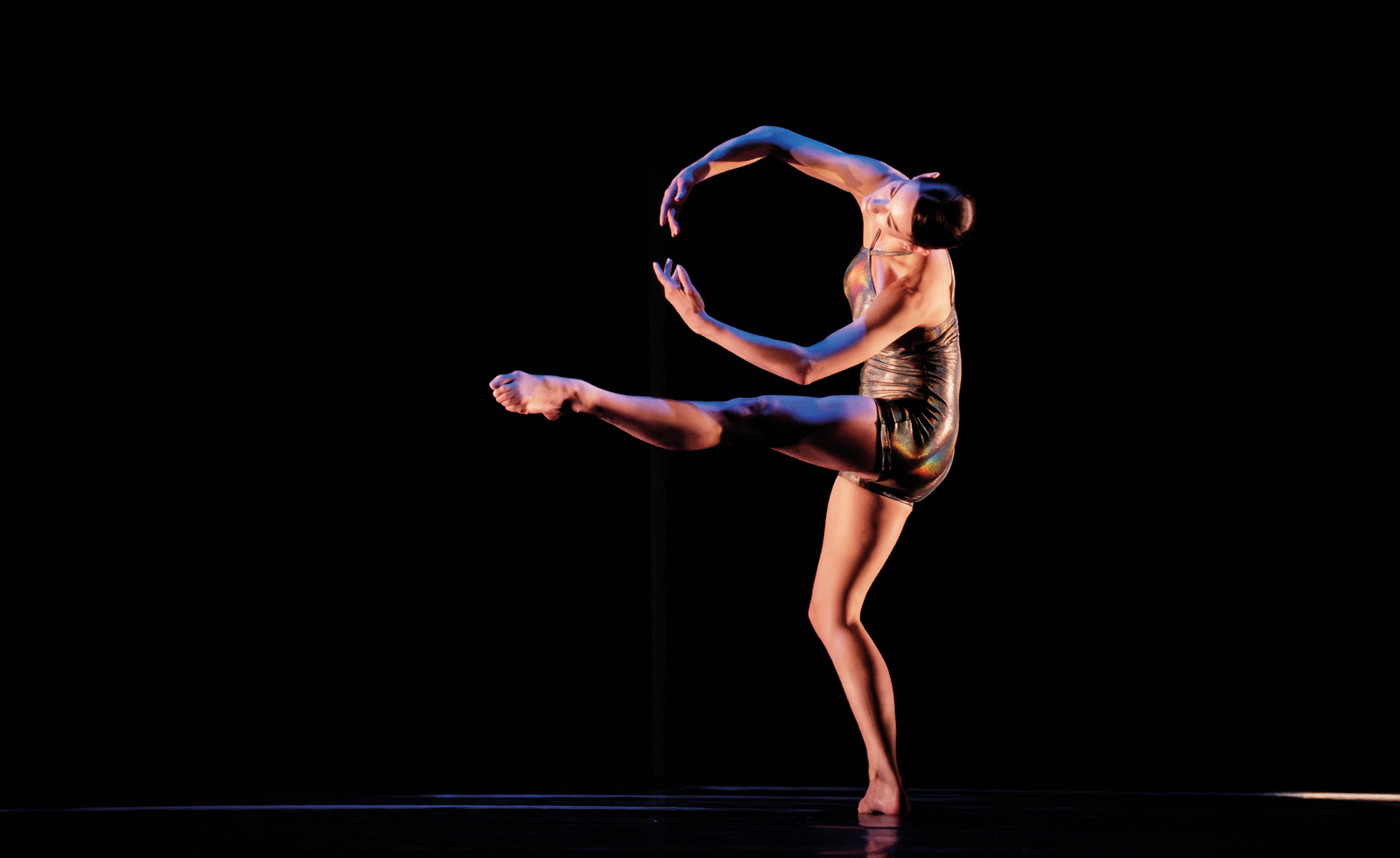 Van Cleef & Arpels light up London with the Dance Reflections festival
Van Cleef & Arpels light up London with the Dance Reflections festivalVan Cleef & Arpels are celebrating their ties with the world of choreography with the second edition of the Dance Reflections festival across London
By Hannah Silver
-
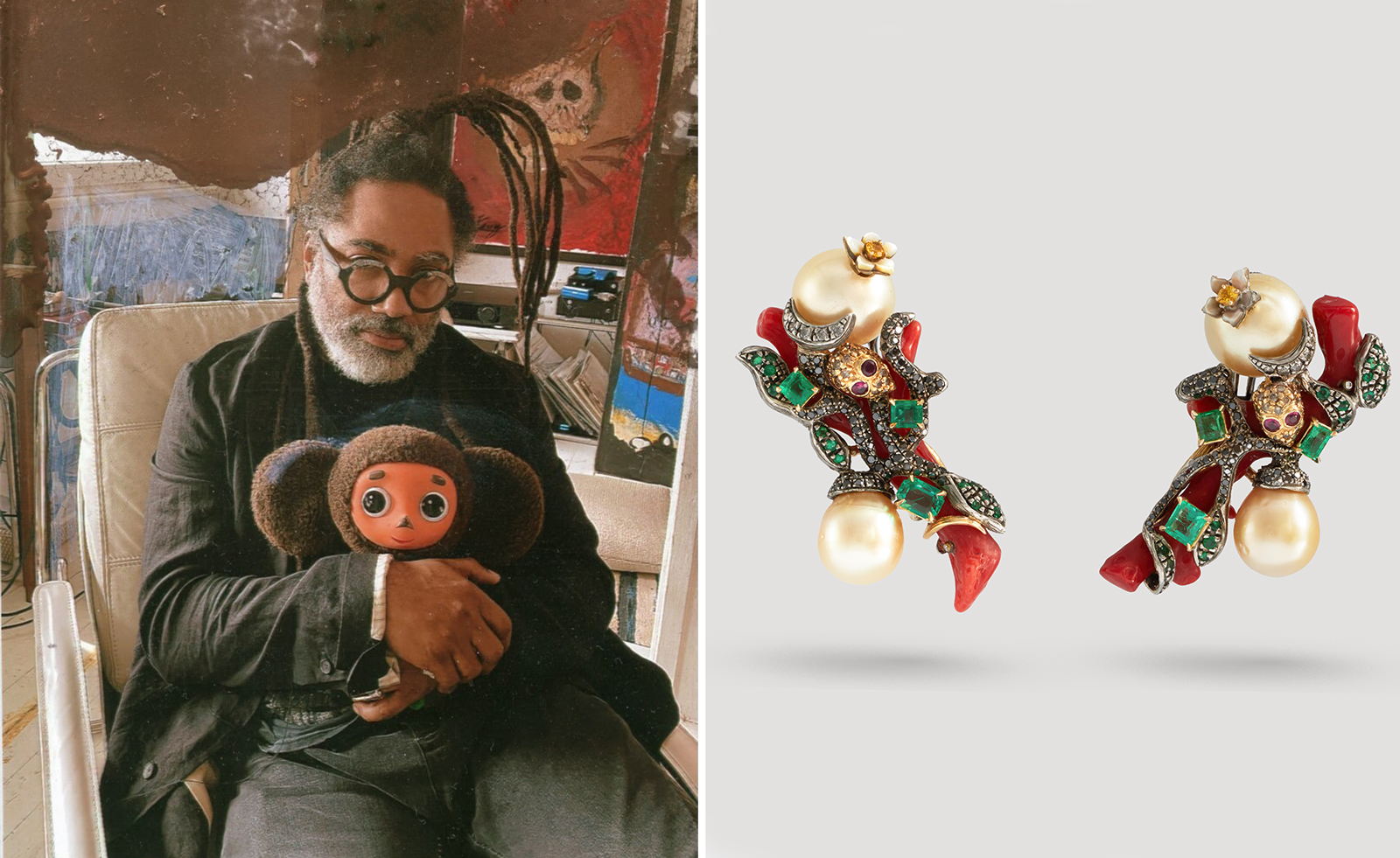 Discover the fantastical jewellery world of Castro NYC in London
Discover the fantastical jewellery world of Castro NYC in LondonCarpenters Workshop Jewellery celebrates the work of Castro NYC with a London exhibition
By Hannah Silver
-
 Art takes London: Tiffany & Co, Damien Hirst and artists take over Selfridges' windows
Art takes London: Tiffany & Co, Damien Hirst and artists take over Selfridges' windowsFour British contemporary artists celebrate Tiffany & Co's pioneering history with a series of storied window displays
By Anne Soward
-
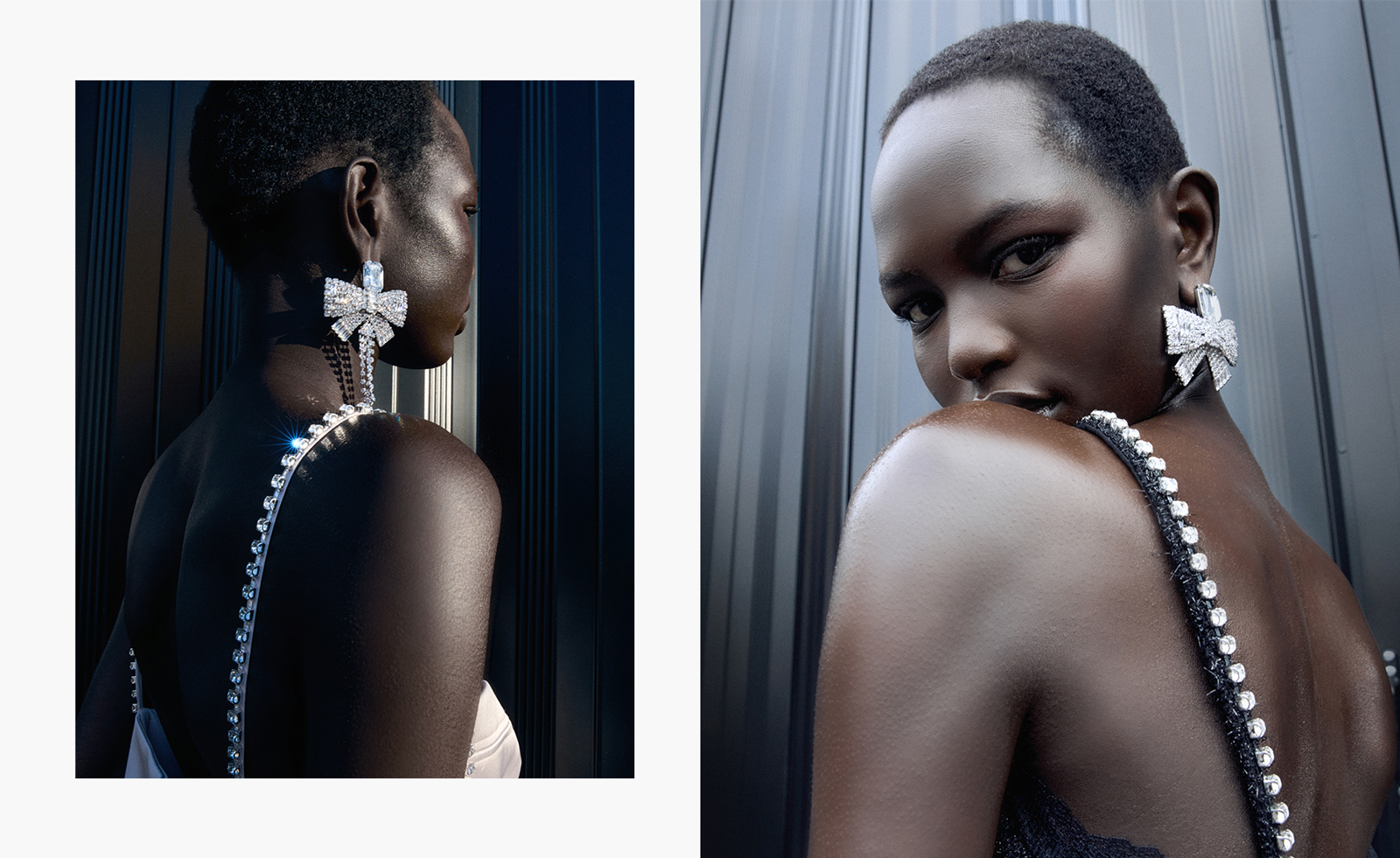 Self-Portrait launches first jewellery collection
Self-Portrait launches first jewellery collectionSelf-Portrait rethinks traditional motifs in its first jewellery collection, turning the feminine flounces of the bow into chic, contemporary pieces
By Hannah Silver
-
 Seiko shines a light on conceptual Japanese watch design
Seiko shines a light on conceptual Japanese watch designSeiko’s Power Design Project 2024 at Japan House London explores watchmaking potential with seven ‘incredibly specialised watches’
By James Gurney
-
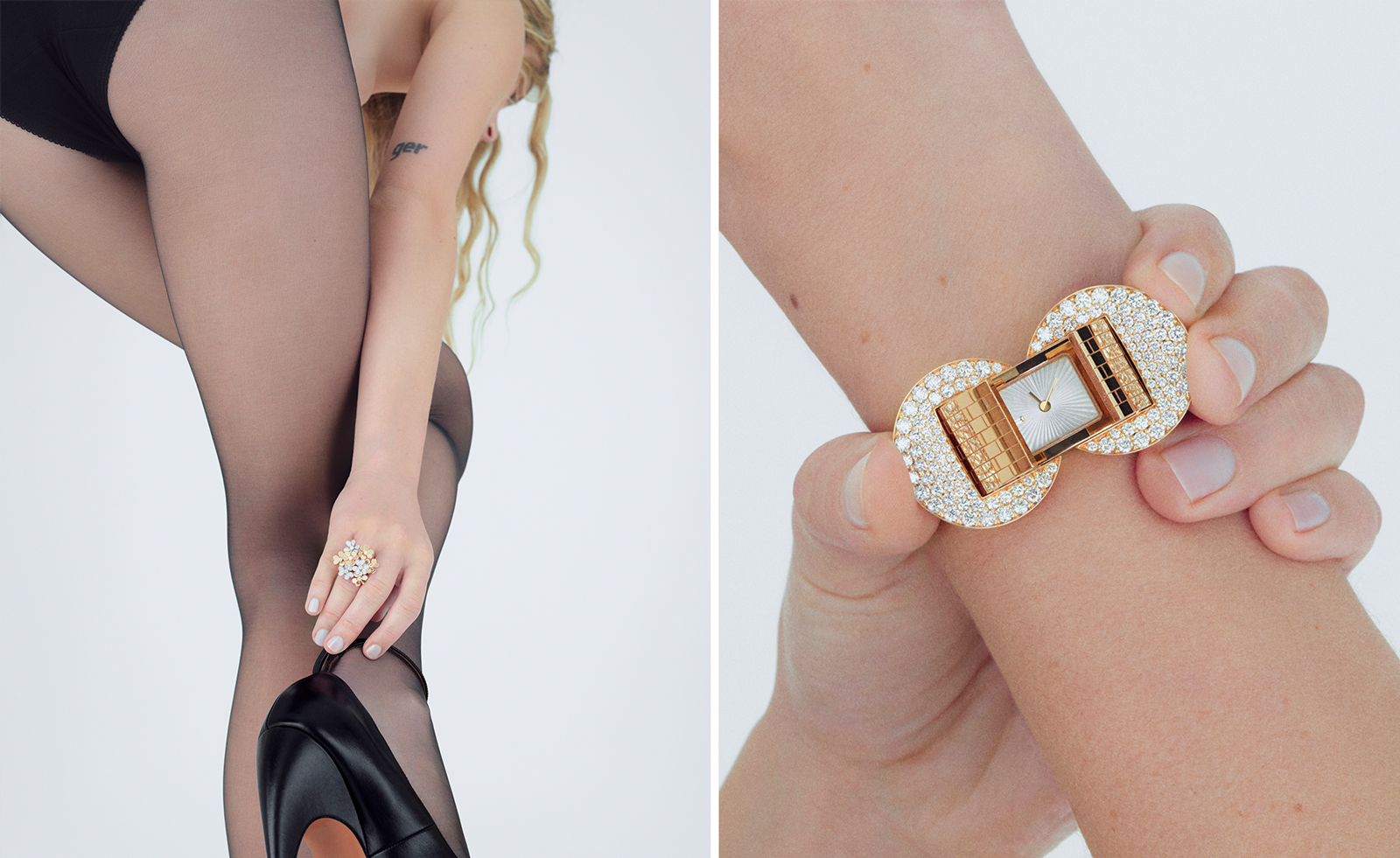 Van Cleef & Arpels' immersive London exhibition takes visitors inside the watchmaking world
Van Cleef & Arpels' immersive London exhibition takes visitors inside the watchmaking worldVan Cleef & Arpels’ exhibition, ‘Poetry of Time’, at South Kensington’s Cromwell Place gallery, traces the early days of the maison
By Hannah Silver
-
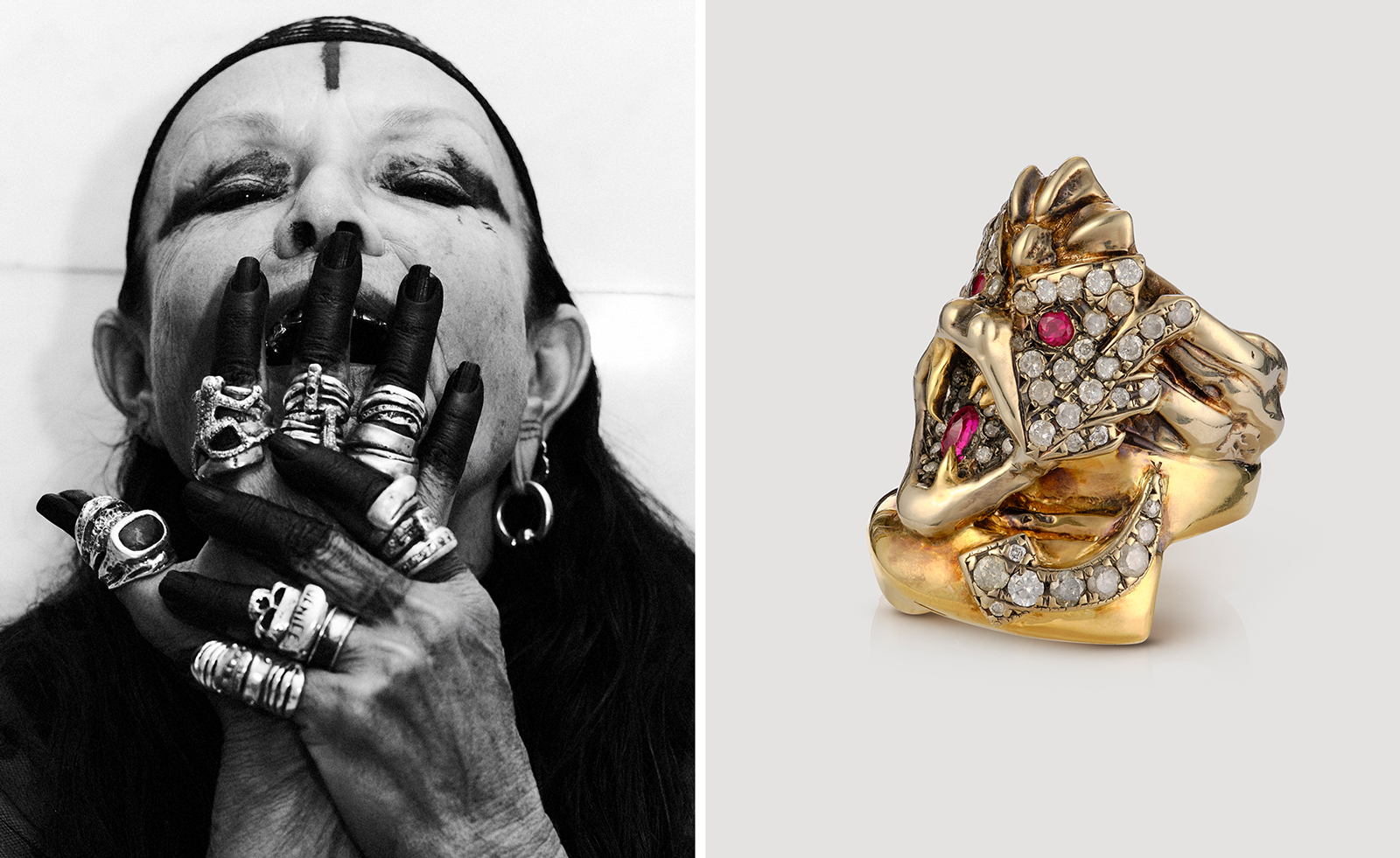 Michèle Lamy and Loree Rodkin’s zodiac jewellery is on show at Carpenters Workshop Gallery
Michèle Lamy and Loree Rodkin’s zodiac jewellery is on show at Carpenters Workshop GalleryMichèle Lamy and Loree Rodkin’s zodiac jewellery, ‘HunRod Gold’, is at Carpenters Workshop Gallery, London, alongside furniture by Rick Owens
By Hannah Silver